TEAM BUILDING IN HA LONG
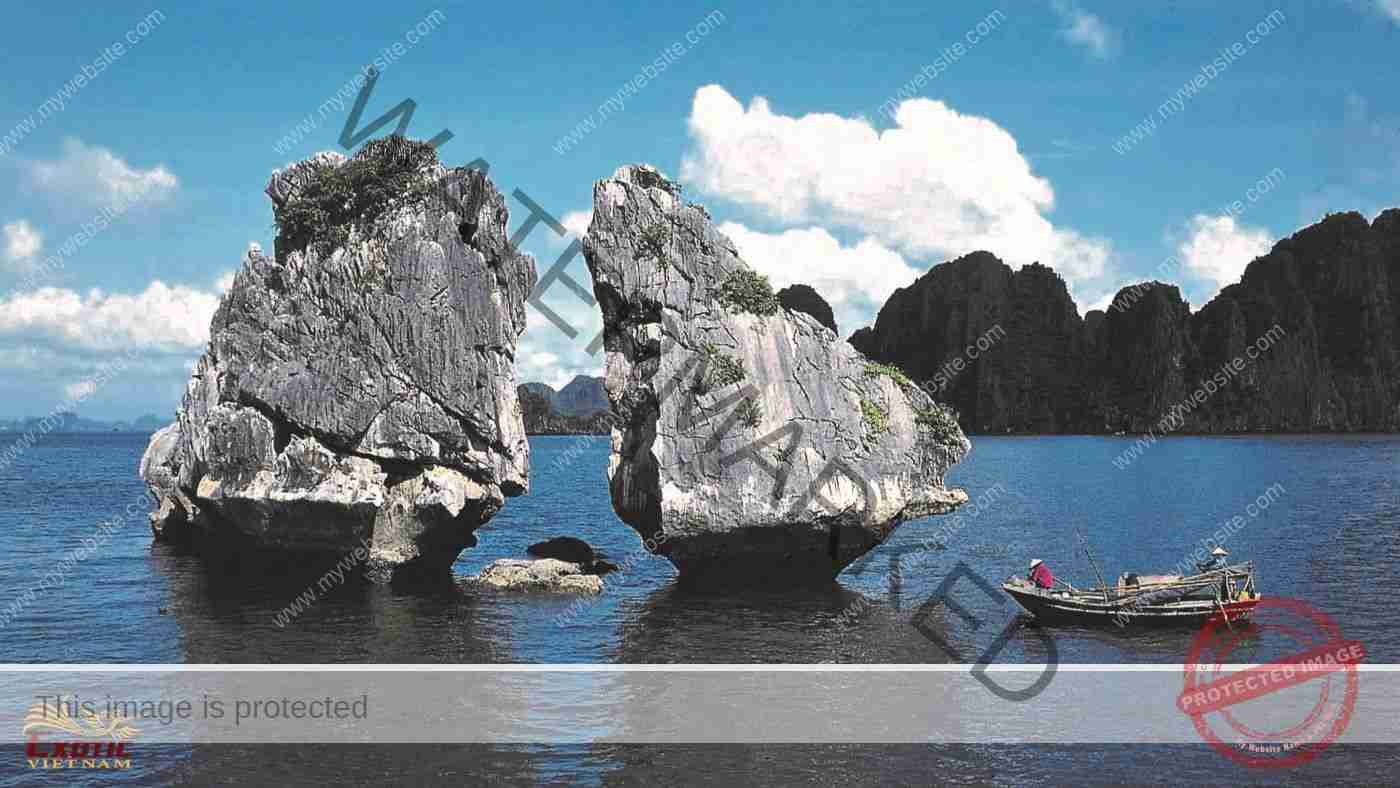
Location: 170km from Ha Noi (3 hours by car), 65km from Hai Phong (1½ hours by car).
Introduction: Ha Long Bay, literally translated as the “Bay of Descending Dragons”, is one of the most magnificent scenic spots in all of Viet Nam.
Ha Long Bay was designated by UNESCO as a World Natural Heritage in 1994 based on the criterion vii. It is a picturesque bay with some 1969 islets rising from the clear emerald waters of the Gulf of Tonkin. Washed by water and lapped by waves for hundreds of thousands of years, the limestone basin has been carved into stalactite caves, crescent beaches and odd-shaped formations.
The global value of Ha Long Bay in terms of geological process has been highly appreciated. In late 2000, UNESCO acknowledged Ha Long Bay as being a karst outstanding example of earth’s history, on the criterion viii. In 2023, this world heritage site has been expanded to the Cat Ba Archipelago, with 1,133 limestone islands of various shapes and sizes (775 limestone islands of Ha Long Bay and 358 limestone islands of Cat Ba Archipelago). Spreading over an area of more than 17,000 hectares, Ha Long Bay – Cat Ba Archipelago is also home to a habitat of many rare species of animals and plants and diverse ecosystems. This is a world natural heritage by UNESCO according to the criterion ix, an outstanding example representing significant on-going ecological and biological processes.
Ha Long Bay really becomes a must in the trip to Viet Nam. There is a list of things you can see and do around the bay such as pristine crescent beaches, natural stalactite caves, picturesque islands and unique fishing villages to explore.
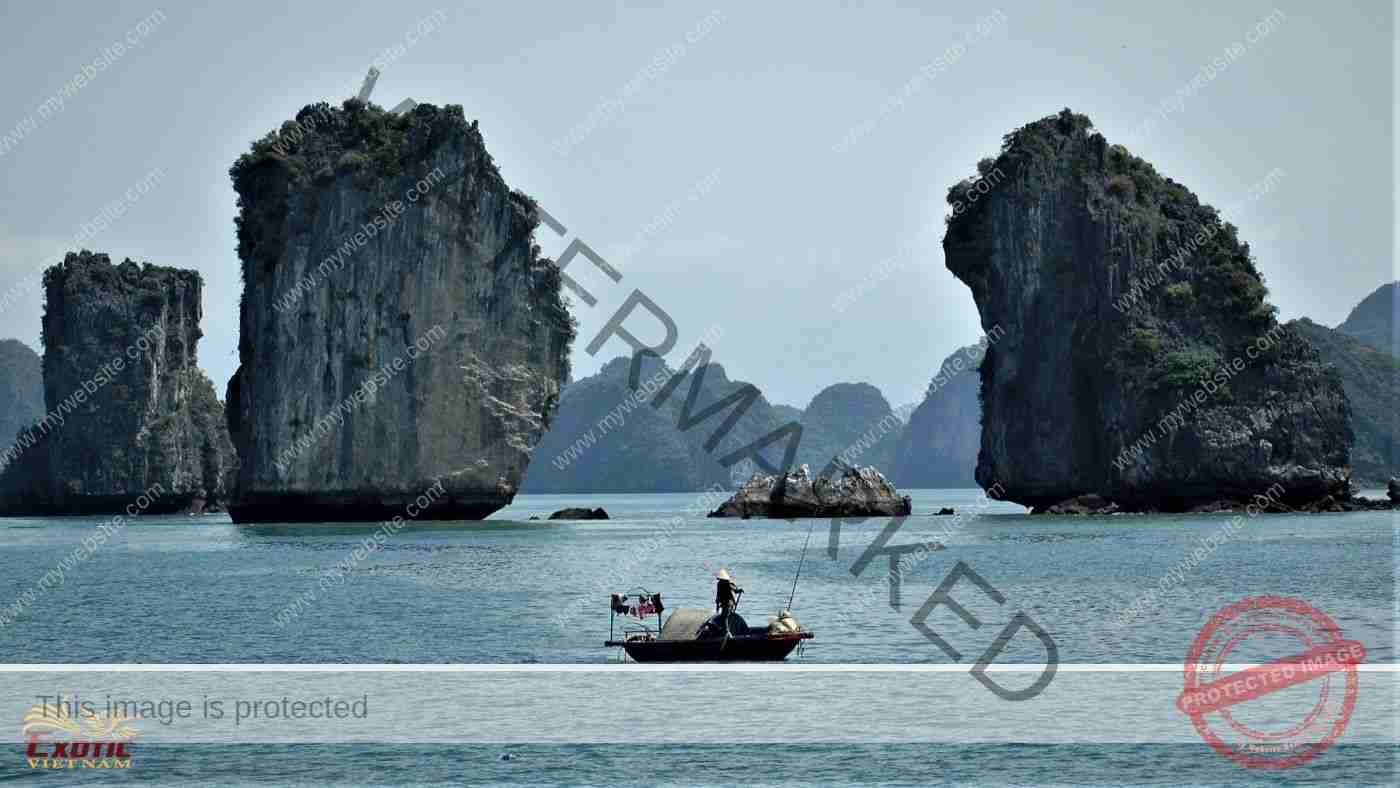
Highlights: Ha Long City, Bai Tho Mountain, Long Tien Pagoda, Hon Gai Market, limestone islets, Caves and grottoes, Tuan Chau Island, Quang Ninh Museum.
Facilities & services: boat ride, luxury cruise, helicopter/ seaplane ride on the bay, international standard hotels and restaurants.

Ha Long City
Cua Luc Strait divides Ha Long City into 2 parts: Bai Chay and Hon Gai. Once upon a time, in order to cross the strait, visitors had to take a ferry boat. For the time being, Bai Chay Bridge, a suspension bridge of 903m in length was completed in 2006 to connect the 2 sides of the city. The world’s biggest cable car, called the Queen was also opened here in 2016, with big cabins with a capacity of 230 people per trip.
Hon Gai used to be a coal-exporting port and is now one of the most important commercial centres for transporting passengers and goods in northeastern Viet Nam. Bai Chay, a low gently sloping range of hills running along the sea for 3km, was planned to be a seaside resort in the French time. Since 2015, huge investments have quickly spent on filling and leveling coastal waters, islands and mountains to turn them into construction land. Tourism has been big business in Ha Long with an explosion of infrastructures such as man-made sandy beaches, premium marinas, fine restaurants, luxury villas, international standard hotels and modern recreational parks.
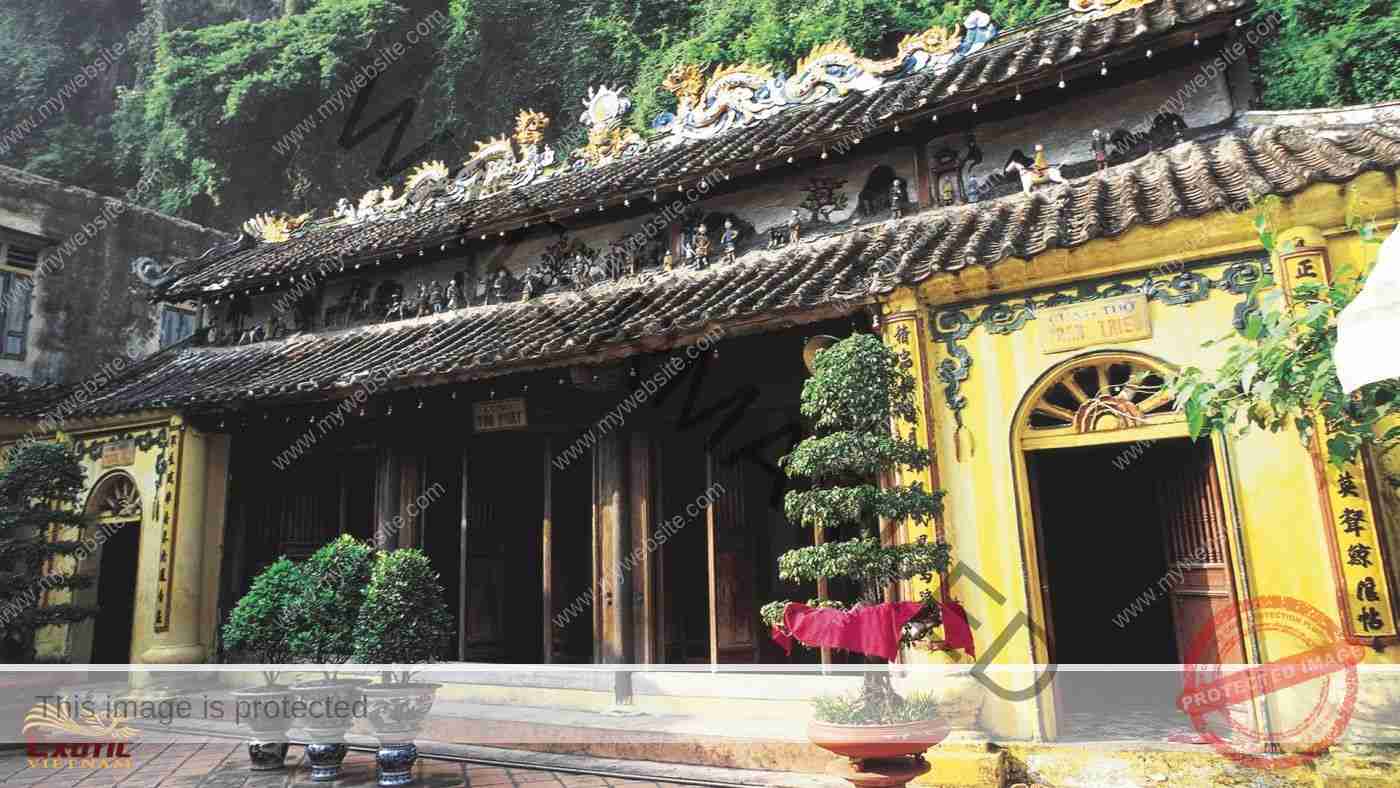
Long Tien Pagoda
Long Tien Pagoda, the biggest in Ha Long, was built at the end of Nguyen Dynasty (1941). In addition to Buddha, this pagoda is also dedicated to the “Holy Mother” and to the heroes of Nguyen Dynasty. The mosaic dragon & phoenix decoration of the pagoda symbolizes the typical style of the architecture of Nguyen Dynasty. Moreover, it has a good collection of religious icons. Hence, the pagoda has become a site of pilgrimage for the local people and other visitors. On the 24th of the 3rd lunar month each year, Long Tien Pagoda organizes a procession of holy palanquins which draws big crowds.
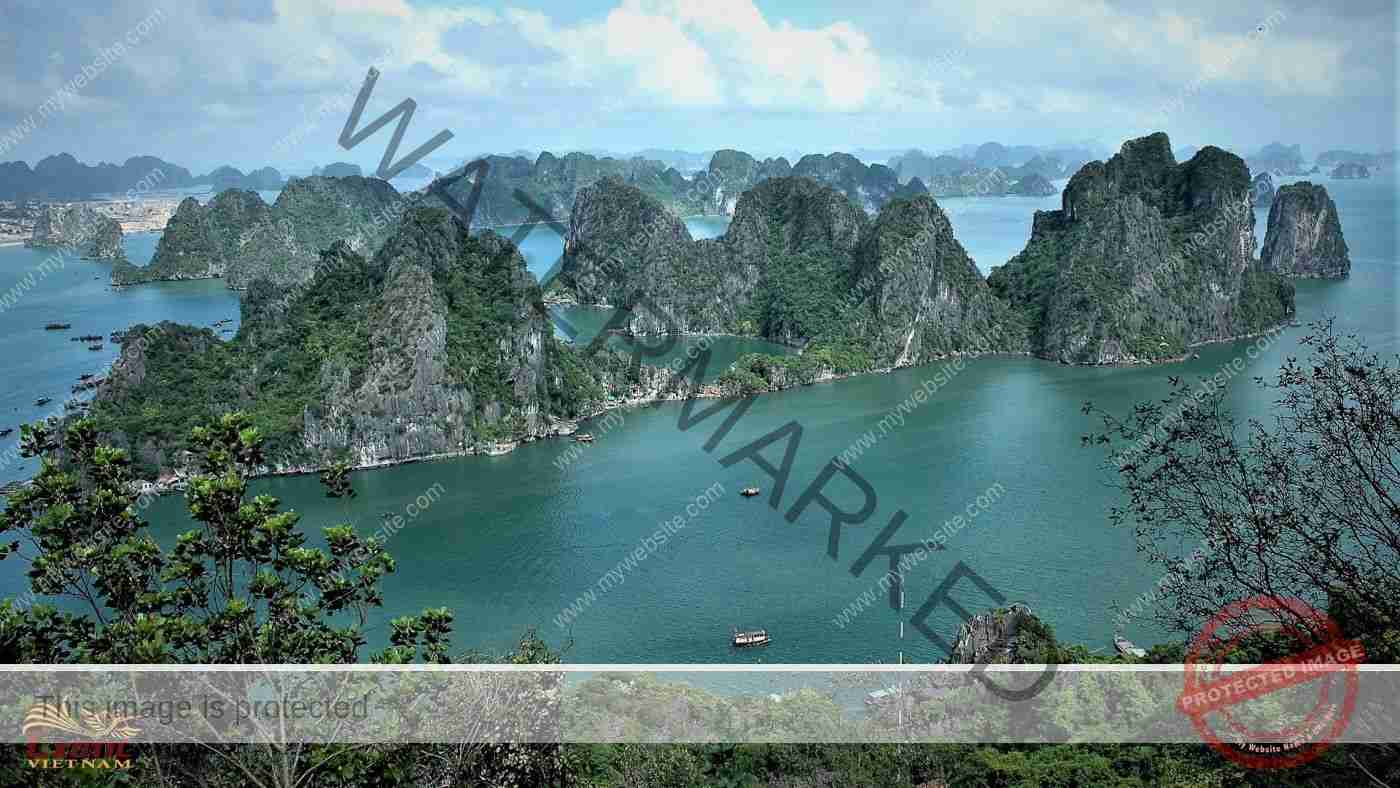
Limestone islets
With its 1969 islets, 980-plus of which have been given names, Ha Long Bay has become one of marvels of Viet Nam. These islets give a picture of a lively life right on the clear, emerald waters with such names as “Cock Fight”, “Horse Saddle” and “Old Man & The Sea”. While navigating on the green clear waters, visitors may feel lost in the legendary world of these islets, whose shapes change depending on the sunlight or the position of the boat or ship visitors are on. The treasure of the islets are the very wonderful caves and grottoes to be discovered.
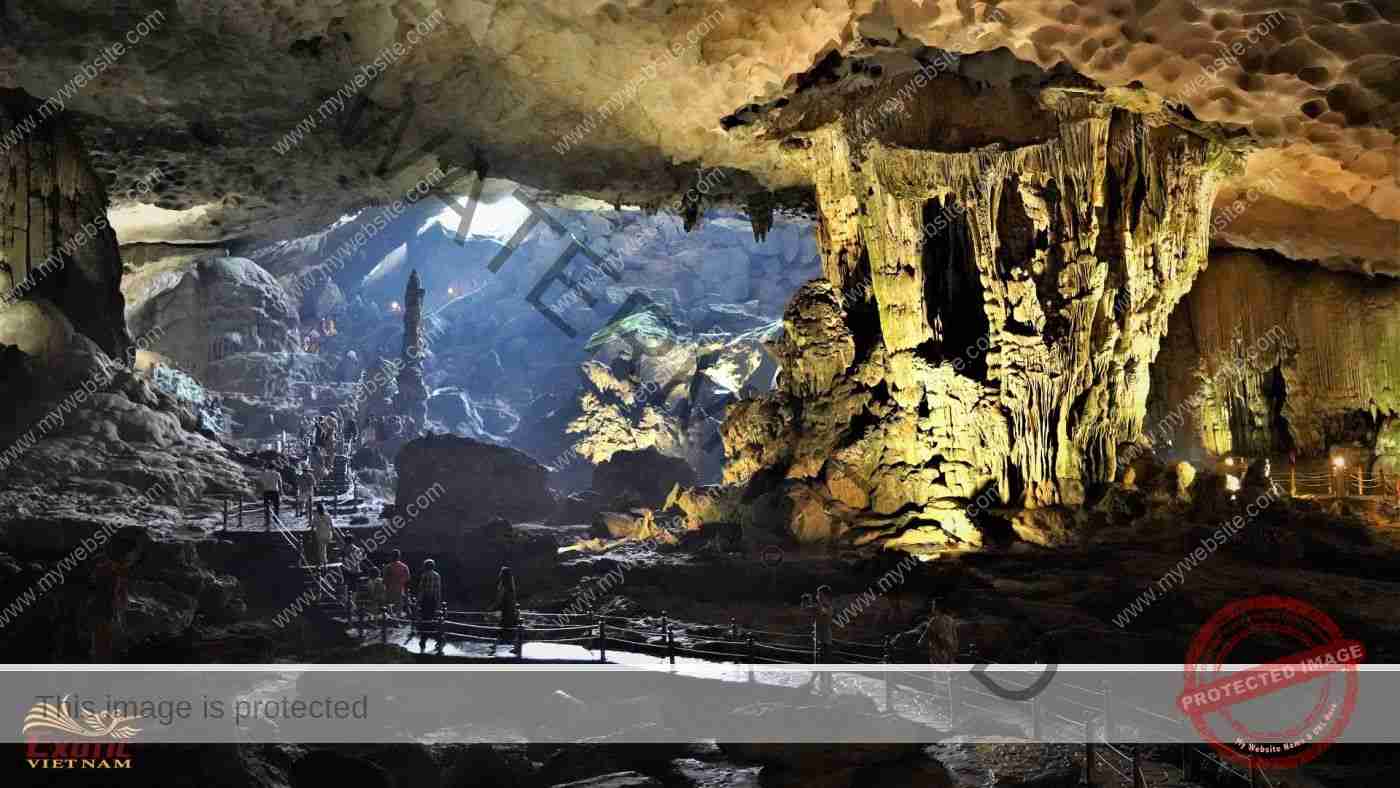
Caves and grottoes
Due to the rock type of the islets, Ha Long Bay is endowed with thousands of caves and grottoes, of which 50 have been discovered and exploited in tourism. Visitors can see an elysium right on earth with pictures of the heavens, fairies or simply the lives of all living beings. Thien Cung – Dau Go Caves, Me Cung Cave and Sung Sot Cave are easily visited thanks to newly-installed electric lights and beaten paths. Visitors to other caves and grottoes must be equipped with flash-lights and get permission from management board because of their virgin nature.
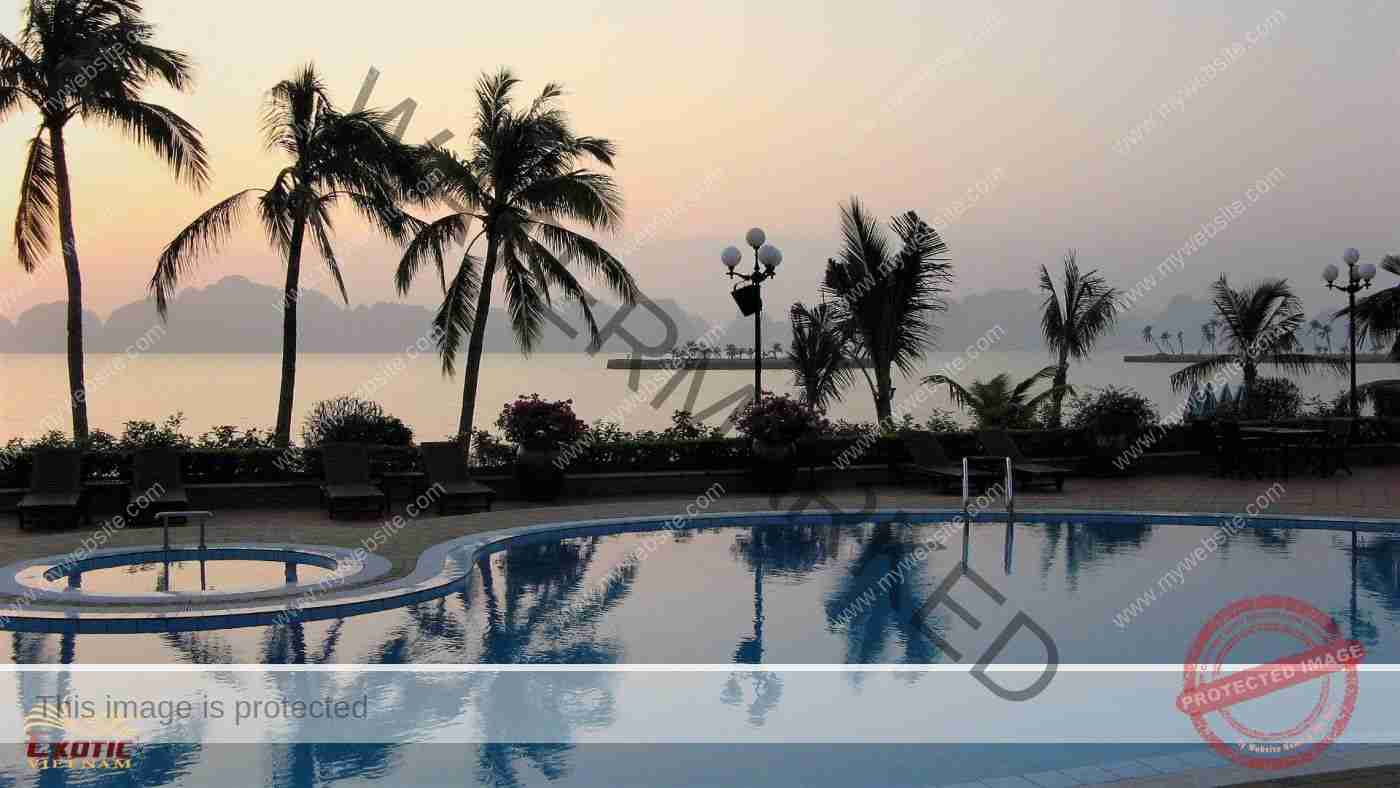
Tuan Chau Island
Situated 8km southwest of Ha Long City and 3km west of Dau Go Islet, Tuan Chau Island from the original about 220 hectares, has been expanded to over 600 hectares. With a 2.2km-long road, it connects the island with the mainland in 1999. The island also has a rich archaeological history and traces of Ha Long culture – whose people occupied the area from 5,000 to 3,000 years ago – have been found there. With a smooth terrain, it used to be an important staging ground in naval battles against the Mongols in the 13th century. In 1958, President Ho Chi Minh spent his holiday on Tuan Chau Island, and the house in which he stayed now is a memorial site
At present some big projects have been carried on the island. Tuan Chau International Port offers a capacity of harboring more than 2,000 ships, depth up to 10 meters, length of 6.5km, max width of 750 meters. Tuan Chau Island is now one of the tourist hubs in Ha Long. There is a lot to do consisting of amusement park, golf course, musical fountain, shows of dolphin, sealion and animal, water sports, and a range of 5-star hotels, villas, restaurants, entertainment facilities, conference facilities nestled under canopies of green trees.

Quang Ninh Museum
Designed by the Spanish architect, Salvador Perez Arroyo, opened in 2013, Quang Ninh Museum and Library includes 3 blocks of museum, library and convention. It looks like 3 giant coal cubes connected together by sky bridges. Covered by 14,000m² of black glass, the building is like countless mirrors reflecting daily life of the locals and grandeur of the world natural heritage in Ha Long.
The museum has 3 floors. On the first floor, biodiversity and natural resouces are displayed with 4 themes: geology, sea, insect, plants and animals to introduce the natural conditions of Quang Ninh. On the second floor, history theme is displayed including the prehistoric period (Pre-Ha Long culture, Ha Long culture, Metal age), the Feudal period (Dai Viet era) and the Modern period (Revolution, Resistance). On the third floor, the exhibit recreates the development of coal industry through numerous plaster figures, photographs, artifacts and mock-up models of underground mining.
The museum fully reflects the differences in tradition, life, history, culture, art, nature and people of Quang Ninh
